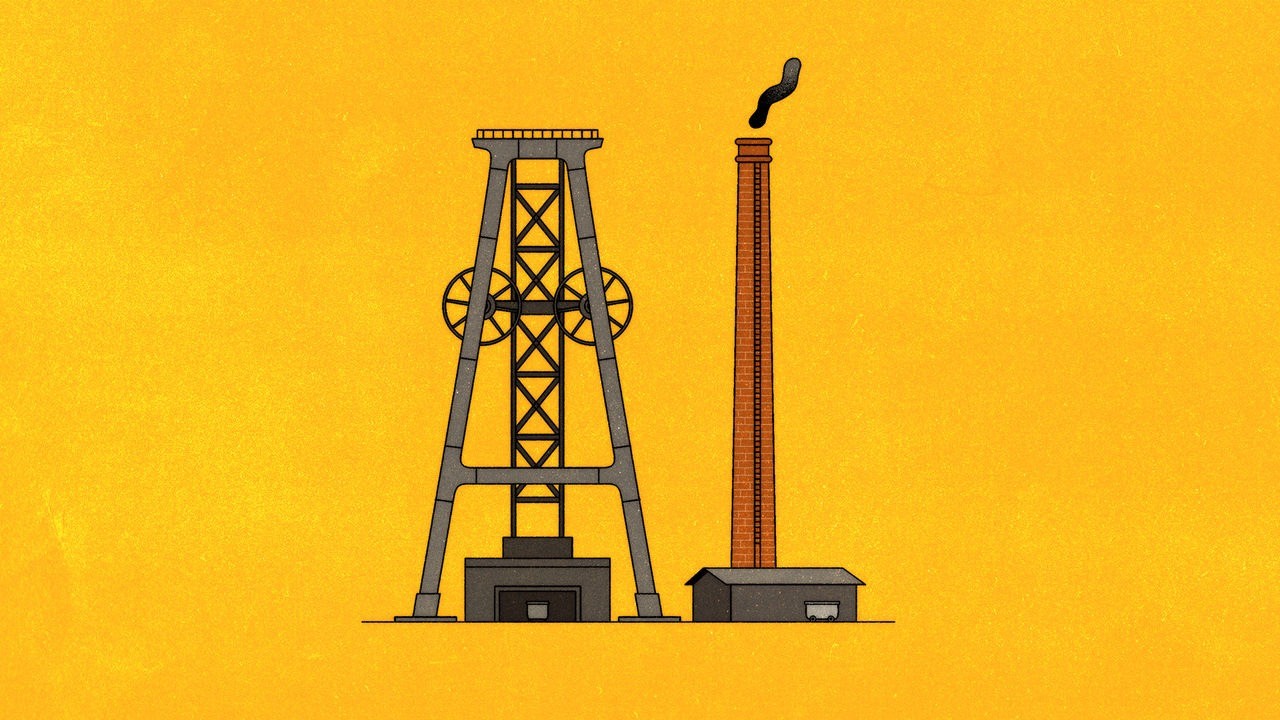In the high-stakes world of business, pricing strategies can be the sword or the shield. But what happens when a price is too low—not to attract customers, but to wipe out the competition?
Welcome to the world of predatory pricing—a strategy that’s as controversial as it is cutthroat.
🧠 What Is Predatory Pricing?
Predatory pricing is the practice of deliberately setting prices below cost to drive competitors out of the market. Once those rivals are gone, the predator hikes up prices to recoup losses—often leaving customers and markets worse off.
It’s not just aggressive—it can be illegal in many jurisdictions when proven. Yet it’s notoriously hard to detect and even harder to prosecute.
📉 Real-World Examples of Predatory Pricing
Let’s ground this in the real world:
1. Amazon vs Diapers.com (Quidsi)
In 2009, Amazon allegedly slashed diaper prices—at times offering discounts up to 30%—in an apparent bid to undercut Diapers.com, then a fast-growing e-commerce player. According to reports, Amazon even offered below-cost pricing and free shipping.
When Quidsi (Diapers.com’s parent company) resisted, Amazon’s prices fell further. Eventually, Quidsi sold to Amazon for $545M. Months later, diaper prices rose again. 🧷💰
2. Uber’s Battle for Global Market Share
In its expansion phase, Uber offered rides at unsustainably low prices in cities across the globe. In markets like India and Southeast Asia, it subsidized rides heavily, sometimes reimbursing drivers more than the fare collected.
This undercut local players—until some either exited, merged (e.g., Uber’s merger with Yandex in Russia and Grab in Southeast Asia), or folded. The model wasn’t profitable, but it bought market dominance.
3. Walmart’s Local Takeovers
Walmart has faced several lawsuits alleging predatory pricing, particularly from small-town competitors. In some instances, stores claimed Walmart priced staples like milk and pharmaceuticals below cost, only to raise them after local businesses closed.
While Walmart has denied wrongdoing, the tactic—intentional or not—has shaped retail landscapes across North America.
📊 Use Cases: Where and Why It Happens
Predatory pricing isn’t confined to Fortune 500 giants. It can be a short-term play in startup wars, a local maneuver in retail, or a strategic weapon in global expansion.
Common motivations include:
- Market entry: Gaining a foothold in a new region or sector
- Eliminating niche competitors: Especially when scale offers cost advantages
- Buying time: Delaying rivals while building product features or infrastructure
- Signaling power: Showing investors or customers that you’re here to dominate
⚖️ Legal Landscape: Why It’s So Hard to Prove
Antitrust laws in the U.S. (Sherman Act), EU, and elsewhere prohibit predatory pricing—but proving it requires demonstrating that:
- Prices were below cost, and
- There was a realistic plan to recoup losses after driving out competition.
Most companies argue their pricing is pro-consumer, temporary, or driven by efficiency—not malice. And juries are generally skeptical of cases where low prices are framed as bad.
🤔 Final Thoughts: Innovation or Intimidation?
Predatory pricing walks a fine line between strategic genius and anti-competitive conduct. It can look like innovation—until you realize your favorite local bookstore, cab company, or grocery chain is gone.
For companies, it’s a tempting tool.
For regulators, it’s a gray area.
For the market? It’s a double-edged sword.
💬 What’s your take? Have you seen examples of predatory pricing in your industry or region? Do the benefits to consumers ever outweigh the long-term costs?
Let’s discuss 👇




